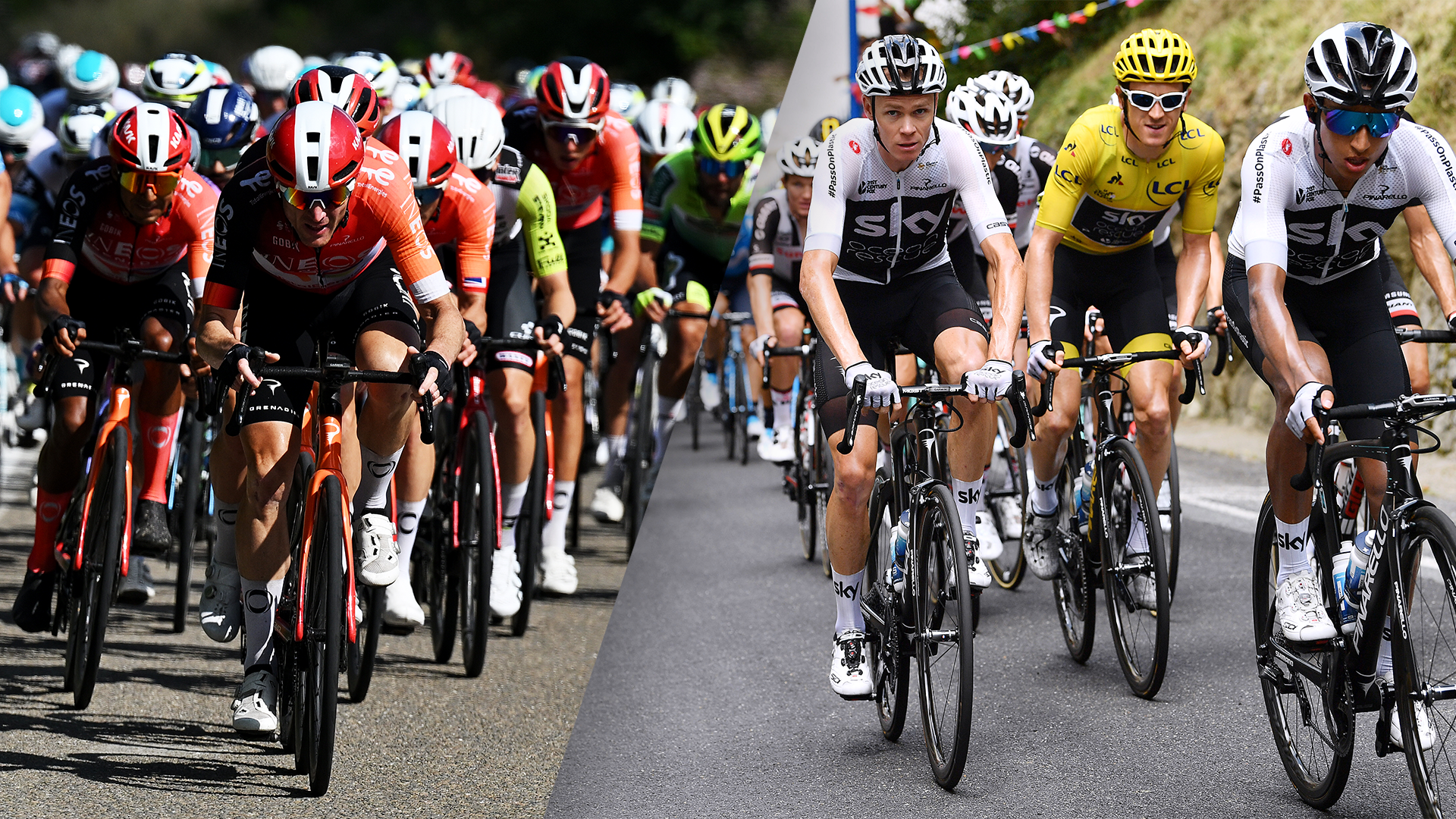Tour de France innovates in the mountains in search of a more open race
Steeper gradients and an even spread of climbs across all five mountain ranges
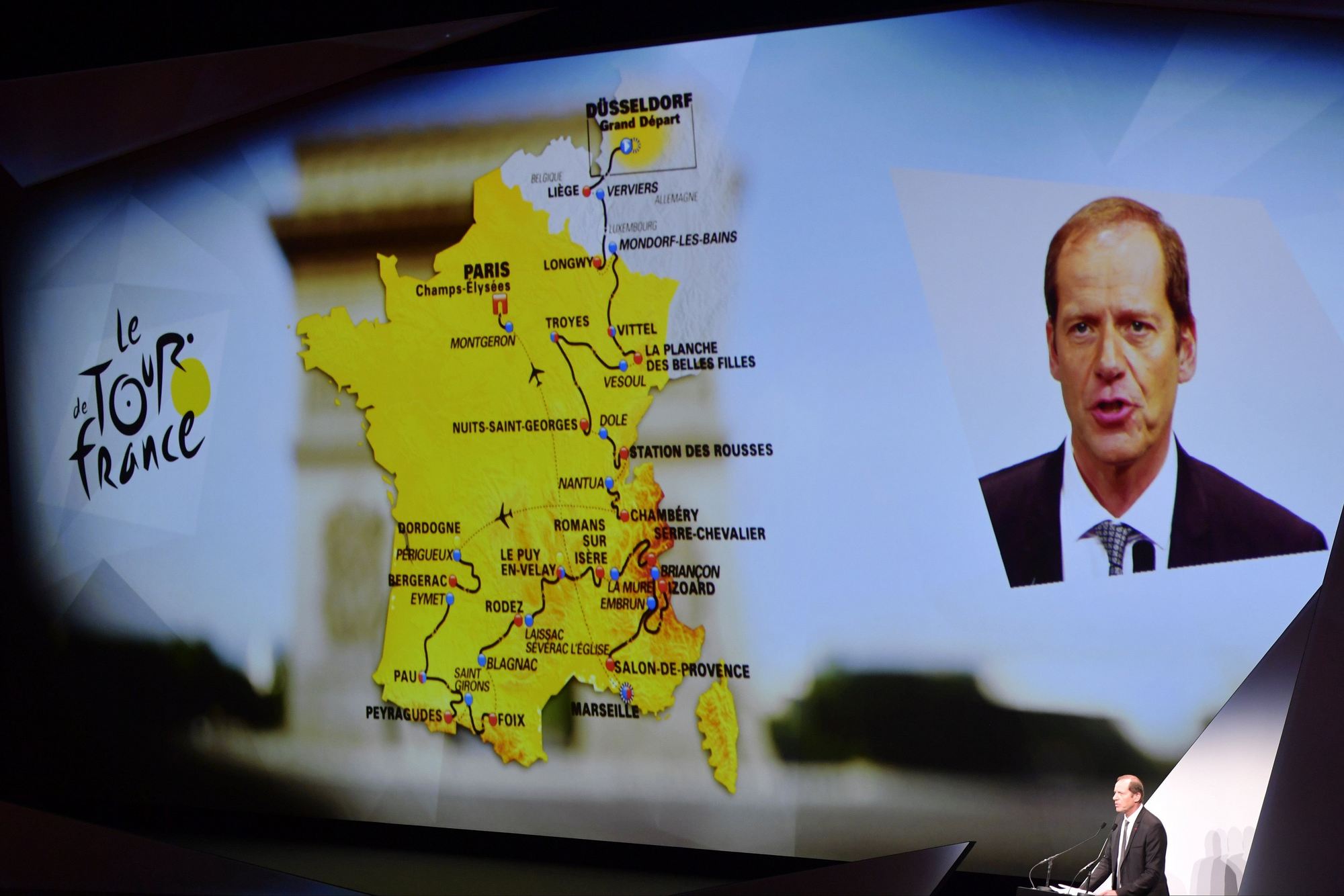
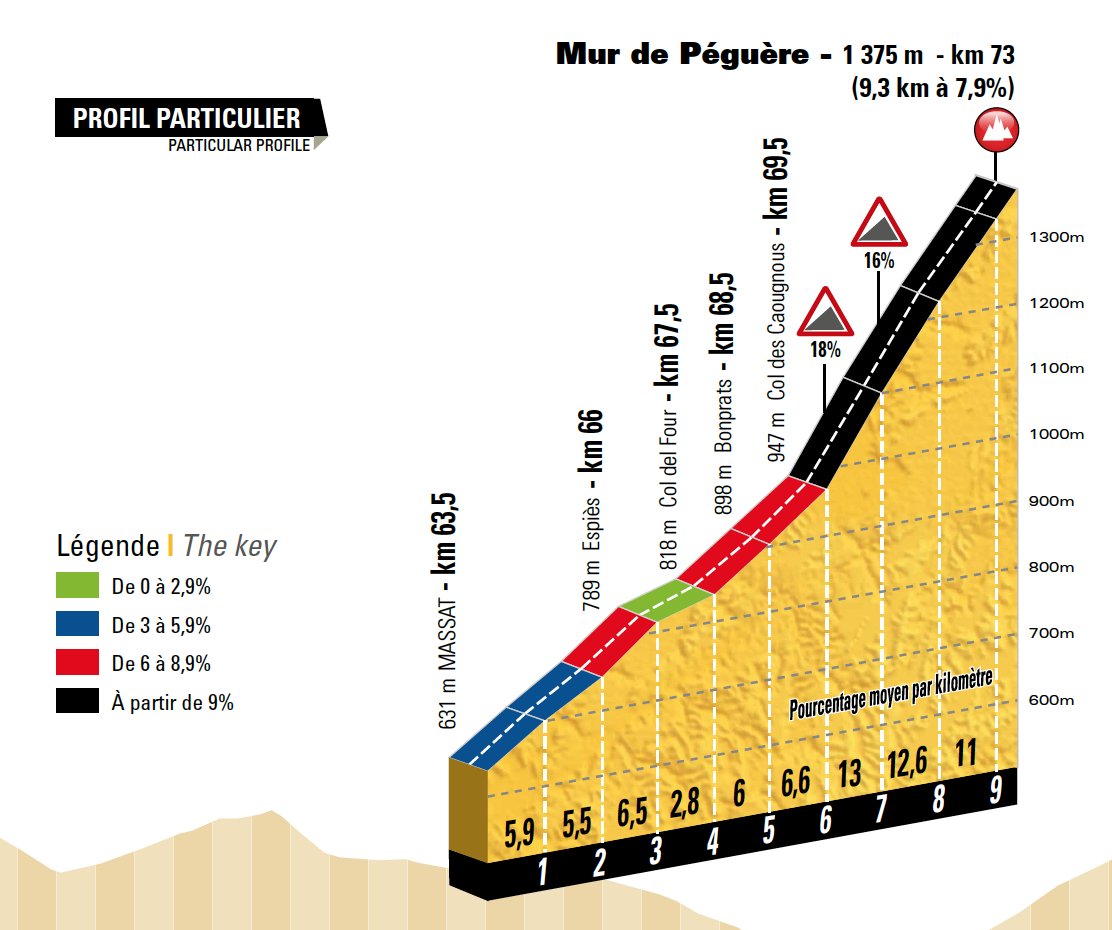
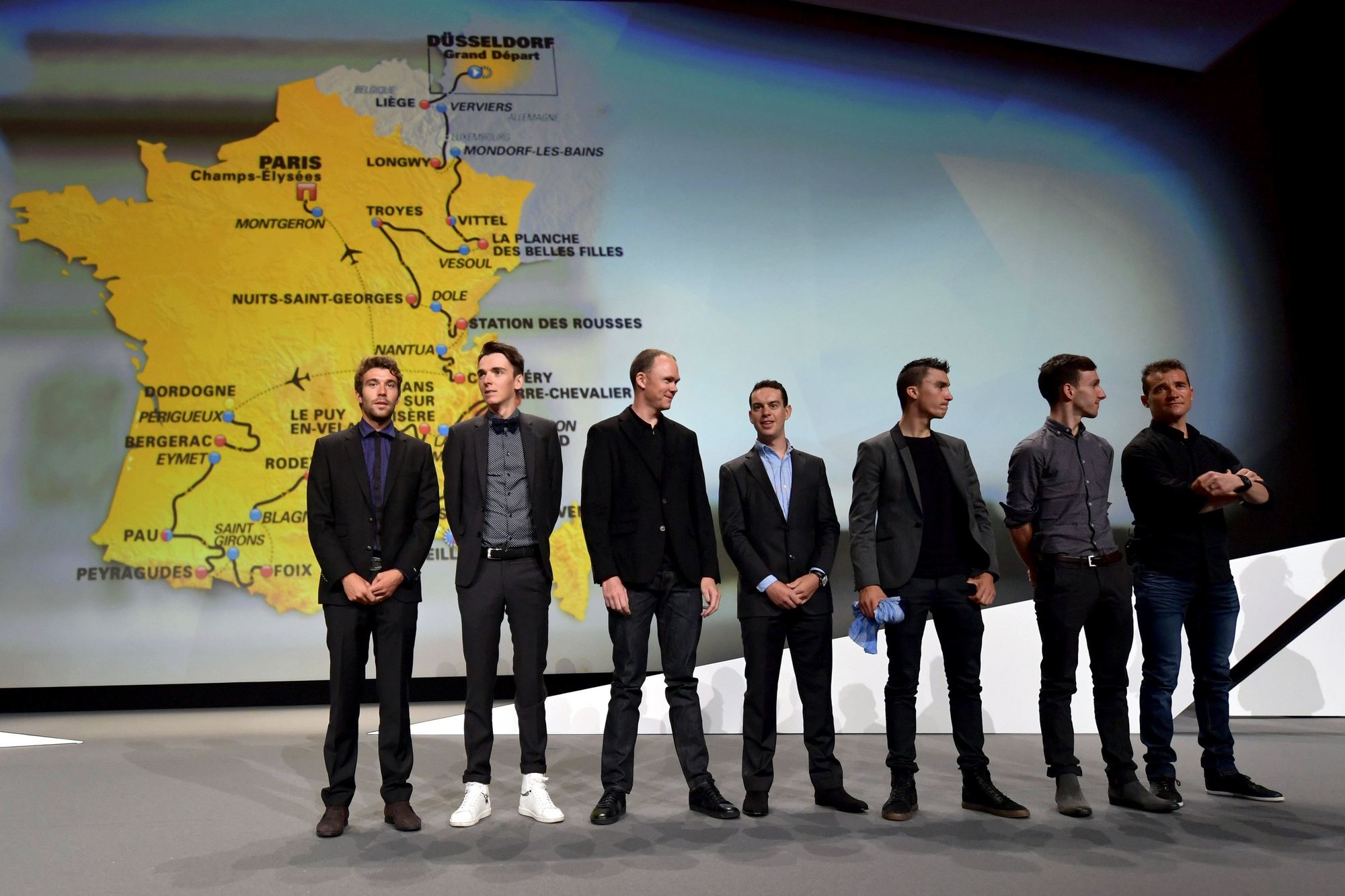
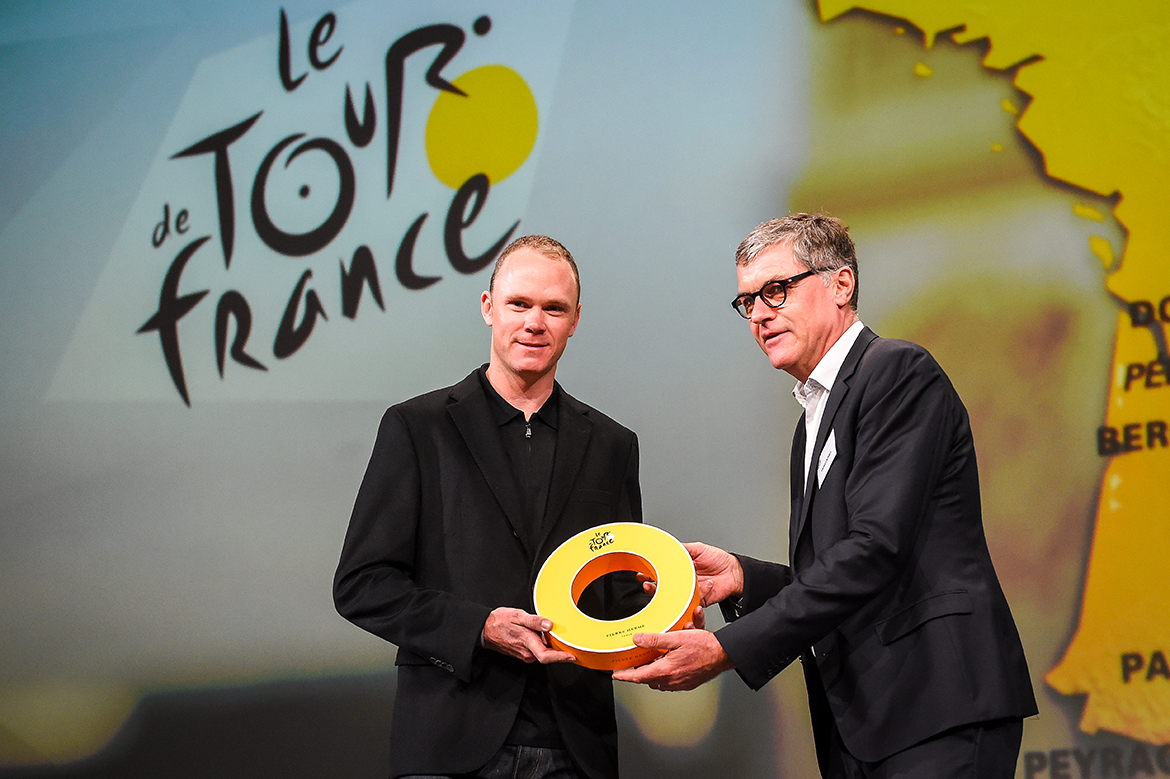
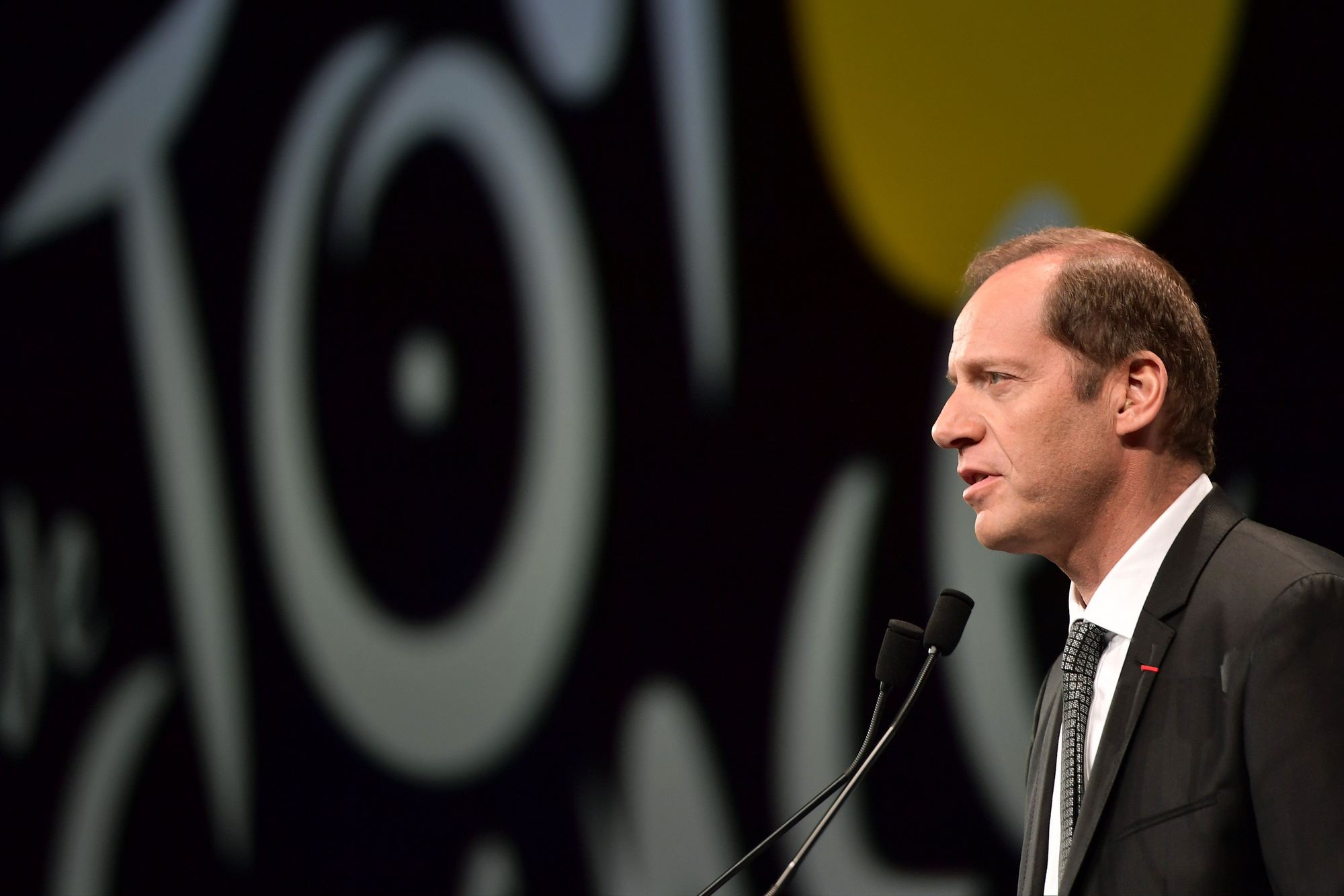
The highlights package from this year's Tour de France played out in Paris' Palais des Congrès ahead of the unveiling of the route for the 2017 edition, dramatic music blaring out to accompany the adrenaline-filled snippets of action, but this was not a case of looking back and then asking for more of the same.
Tour de France 2017 route presented
Tour de France 2017 presentation - Gallery
Bardet, Pinot weigh in on 2017 Tour de France route
Froome braced for 'aggressive' Tour de France in 2017
Voeckler hoping to animate his final Tour de France
Tour de France 2017: 5 key stages
Tour de France route analysis, Sagan rules the World - Podcast
The Tour, as ASO like to point out, always innovates. Yet the novelties of next year's parcours were not just a case of innovation for innovation's sake. Instead, it would seem that race director Christian Prudhomme and route designer Thierry Gouvenou have felt the need to do what they can to enhance the drama, excitement, and spectacle of the race.
Even before the guests had taken their seats, an indication of what was to come could be gleaned from the pages of that morning's edition of L'Equipe, where Prudhomme stated: “I want, like many lovers of the Tour, to break out of the 'catennacio'."
The Italian term, translating to 'door bolt', is used in football to describe a tight-knit defensive set-up, and the link to Team Sky's vice-like control of the race over the past few years – most starkly evidenced this year, perhaps – was not a hard one to make.
Prudhomme also repeated his calls for teams of eight, rather than nine, but with that an area of dispute between ASO, the UCI, and the teams' association, route planning was the tool he had at his disposal to try and restore a brand of cycling "that makes you dream", or "cycling à la Sagan", as he referred to it.
Percentage game
'Percentages' is a concept perhaps more readily associated with the calculated Sky than the free-spirited Sagan, but it's also, in a rather different way, one of the key concepts of the 104th edition of La Grande Boucle.
"The road just got steeper," roared the title of ASO’s press package, while a graphic in the handbook proudly listed such figures as 20 per cent on La Planche des Belles Filles, 22 per cent on the Col du Grand Colombier, 15 per cent on the Mont du Chat, 16 per cent on the Peyragudes, 18 per cent on the Pur de Peguere, and 14 per cent on the Col de Peyra Taillade.
The latest race content, interviews, features, reviews and expert buying guides, direct to your inbox!
The pursuit of steeper ascents, along with a more even spread across all five of France's mountain ranges, puts climbing at the heart of Prudhomme's plans, despite a reduction in the overall number of categorised ascents (23) and summit finishes (three).
"There's an appetite for a mountainous parcours from start to finish, with fewer peaks than previous years but with gradients we've pretty much never seen before at the Tour," Prudhomme told the media gathered backstage.
"There really is opportunity for audacious riders – without doubt – for those who want to try. The extreme gradients should allow riders to escape. Maybe not 100-kilometre solos like the days of Eddy Merckx but, still, attacks from further out. That's what I'm hoping."
Reigning champion Chris Froome, winner of three of the past four editions, picked up on that, suggesting he won’t be able to rely on his teammates to the extent he did this year, where Sky's luxury domestiques, deployed almost on a rest-and-rotate basis, quashed any sense of attacking intent from their rivals.
"What racing on steeper climbs does lead to is being able to use your team a lot less – drafting on a 20 per cent climb isn't going to help you," said Froome, who is familiar with such terrain at the Vuelta a Espana, where he often rides in a different, more individualistic, style.
"You can see quite big time losses on steep climbs, as we've seen in the Vuelta. It leads to very exciting racing."
Grand Slam of mountain ranges
A perennial point of analysis in the aftermath of a Tour de France route presentation concerns the Alps and Pyrenees – what order they'll be tackled in and which famous cols will be on the menu. Despite the slightly unusual fact that the Alps bagged the more prestigious third-week slot for the third year in a row, talk of France's two heavyweight mountain ranges was slightly muted, their role diminished as Prudhomme has sought to spread the load more evenly across France's peaks.
Next year will be the first time in 25 years that the Tour will visit all five of the country's mountain ranges, with the Vosges kicking things off with the stage 5 summit finish at La Planches des Belles Filles, soon followed by two stages – including the brutal stage 9 – in the Jura. The Massif Central is sandwiched between the Pyrenees and Alps, which will host a modest two days and one summit finish apiece.
After Nairo Quintana played a waiting game this year all the way until the final four stages in the Alps, and then fizzled out, Prudhomme hopes the so-called 'Grand Slam' will make the race less predictable, and more action-packed in the places where it may not ordinarily be expected.
"It's a route made for the audacious, with mountainous terrain throughout," he said.
"There's a contrast to previous years, where we've sometimes had three consecutive stages in the Alps and Pyrenees. That was one of the things Laurent Fignon used to say: 'The third consecutive mountain stage is no longer the same, the guys crack'. Cycling is changing and so we're adapting to that."
Adaptation and innovation are key features of the 2017 Tour's approach to the mountains. There are some familiar staples, like the Télégraphe-Galibier combination on stage 17, another start and finish for Pau, and a trip up the Col d'Izoard, yet there's still novelty to be found in the latter as the stage will finish at the summit of the climb for the first time in the history of the race.
Many would have liked a stronger nod to the past in the form of a return to Mont Ventoux on the 50th anniversary of the death of Tom Simpson, but Prudhomme was tunnel-visioned in his desire to make more of a race of the biggest race in cycling.
"I dream of an unpredictable Tour de France," he concluded, "where the race can be at stake on any given day."
Patrick is a freelance sports writer and editor. He’s an NCTJ-accredited journalist with a bachelor’s degree in modern languages (French and Spanish). Patrick worked full-time at Cyclingnews for eight years between 2015 and 2023, latterly as Deputy Editor.

